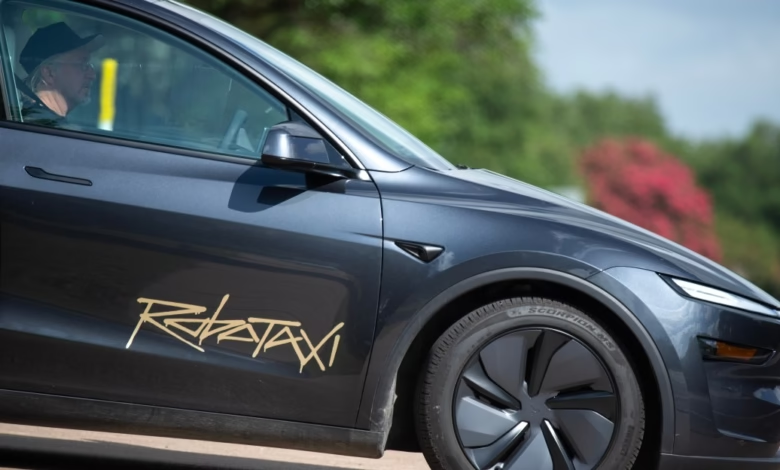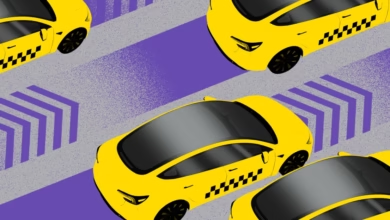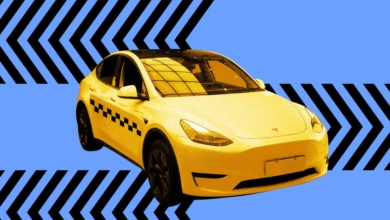Tesla’s Robotaxi Launches: First Reactions Revealed

▼ Summary
– Tesla launched its invite-only robotaxi service in Austin, Texas, on June 22nd, featuring Model Y vehicles with safety monitors in the passenger seat.
– The service operates in a geofenced area, avoids complex conditions like bad weather, and includes backup measures like chase cars and remote operators.
– Initial reactions came from pro-Tesla influencers, raising concerns about bias, while the general public remains excluded for now.
– Riders reported mostly smooth experiences, though some noted minor issues like pickup location confusion and delays in remote support.
– Tesla plans to expand the service, with Elon Musk targeting California next and claiming thousands of driverless vehicles could be on the road soon.
Tesla’s highly anticipated robotaxi service has officially launched in Austin, Texas, marking a significant milestone in autonomous vehicle technology. The limited rollout comes with several notable restrictions, including geofenced operations and human safety monitors onboard, features that differ from Elon Musk’s earlier promises of fully driverless capabilities.
The service currently operates with 10-20 modified Model Y vehicles sporting “Robotaxi” branding, though Tesla’s futuristic Cybercab won’t arrive until 2026. Rides are confined to a carefully mapped zone in Austin, avoiding highways, poor weather, and complex traffic scenarios. Unlike competitors such as Waymo, Tesla has opted to keep safety monitors in the passenger seat even during commercial operations, a decision that raises questions about the system’s readiness for full autonomy.
Access remains exclusive to invited users, primarily Tesla enthusiasts and influencers, which could skew initial feedback. Some early testers reported delays in receiving the app, while others noted the interface closely resembles ride-hailing services like Uber. Once inside, passengers interact with a rear touchscreen that displays personalized music preferences linked to their Tesla accounts.
Despite the controlled environment, the vehicles handled typical urban challenges, pedestrians, construction zones, and speed bumps, with reported smoothness and reliability. However, minor hiccups occurred, including navigation confusion that required remote operator intervention. Tesla’s support response time averaged around two minutes, though connectivity issues were noted.
Looking ahead, expansion plans face regulatory hurdles, particularly in states like California where approval processes are stricter. Musk has projected rapid scaling, claiming thousands of robotaxis could hit roads within months. Yet, with safety monitors still onboard and limited public access, widespread adoption may take longer than anticipated.
For now, Tesla’s robotaxi debut offers a glimpse into the future of mobility, one where cautious testing precedes true autonomy. Whether the company can deliver on its bold promises remains to be seen.
(Source: The Verge)






